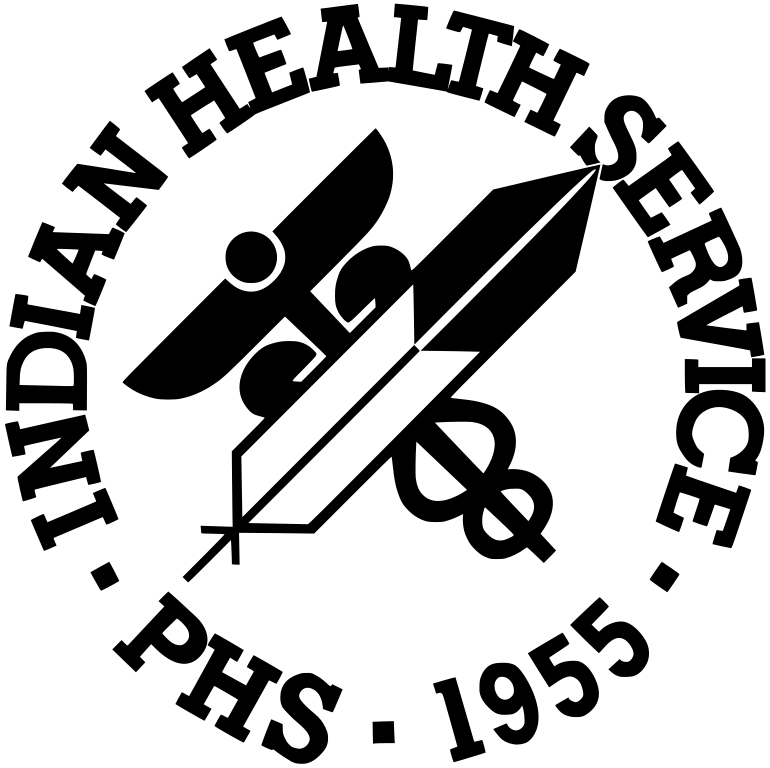Criteria Buford Rolin National Achievement Award
Purpose:
The Indian Health Service (IHS) Director’s Award, “Buford Rolin National Achievement Award,” recognizes exceptional contributions made by a Special Diabetes Program for Indians (SDPI) grant recipient or program that has made a substantial impact in preventing or treating diabetes within American Indian and Alaska Native communities. This award honors efforts in prevention, treatment, detection, policy changes, mentorship, and community impact. It celebrates the legacy of Buford Rolin’s commitment to improving the health and well-being of Indian Country.
Eligibility:
The award is open to all SDPI grant programs across the country, including Tribal, Urban Indian, and IHS-operated programs that have demonstrated a measurable impact in diabetes prevention and treatment.
All IHS, Tribal, Urban Indian, and contract employees, or teams of employees, are eligible. Teams may consist of members from the same organization or different organizations.
Criteria:
Nominees for the Buford Rolin National Achievement Award should demonstrate achievements in one or more of the following areas:
- Diabetes Prevention and Awareness: Efforts to create or expand community outreach and educational initiatives to raise awareness about diabetes risk factors and prevention strategies within Native communities.
- Detection and Early Intervention: Programs that have developed or implemented innovative screening methods, early diagnosis initiatives, or risk assessment tools to identify individuals at high risk for diabetes or complications related to the disease.
- Policy Change and Advocacy: Significant contributions toward establishing or influencing policies that promote diabetes prevention, treatment, or access to health care services in Native communities.
- Mentorship: Achievements identified in contributions made through developing a mentoring, recruitment, and retention program in the area of diabetes.
- Community Impact and Support: Initiatives that provide direct support to individuals and families affected by diabetes, enhancing their quality of life, supporting behavior change, and fostering a community of support for those living with diabetes.
- Collaboration and Partnership Building: Successful partnerships with local, state, or national organizations to advance diabetes prevention and treatment goals, or to expand resources and support available to Native communities. Collaboration with intergenerational members of the community by acquiring input through community engagement activities.
- Innovative Approaches and Best Practices: Development of new strategies that have demonstrably improved diabetes outcomes, showcasing an innovative approach that could serve as a model for other programs.


